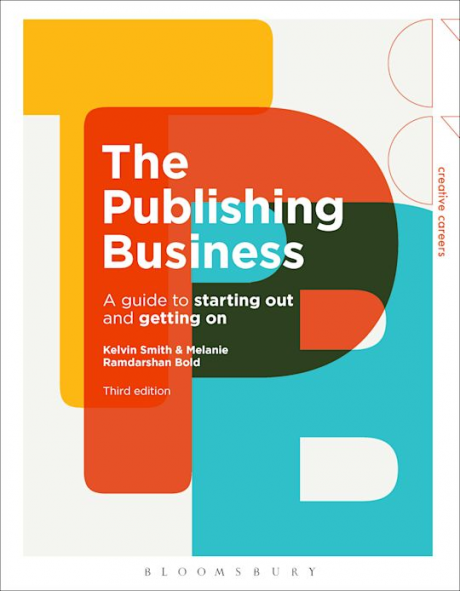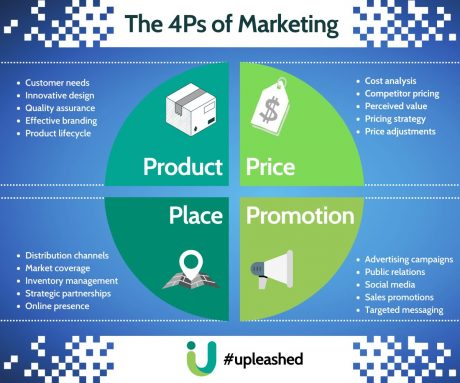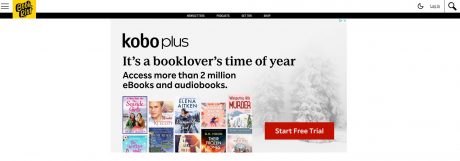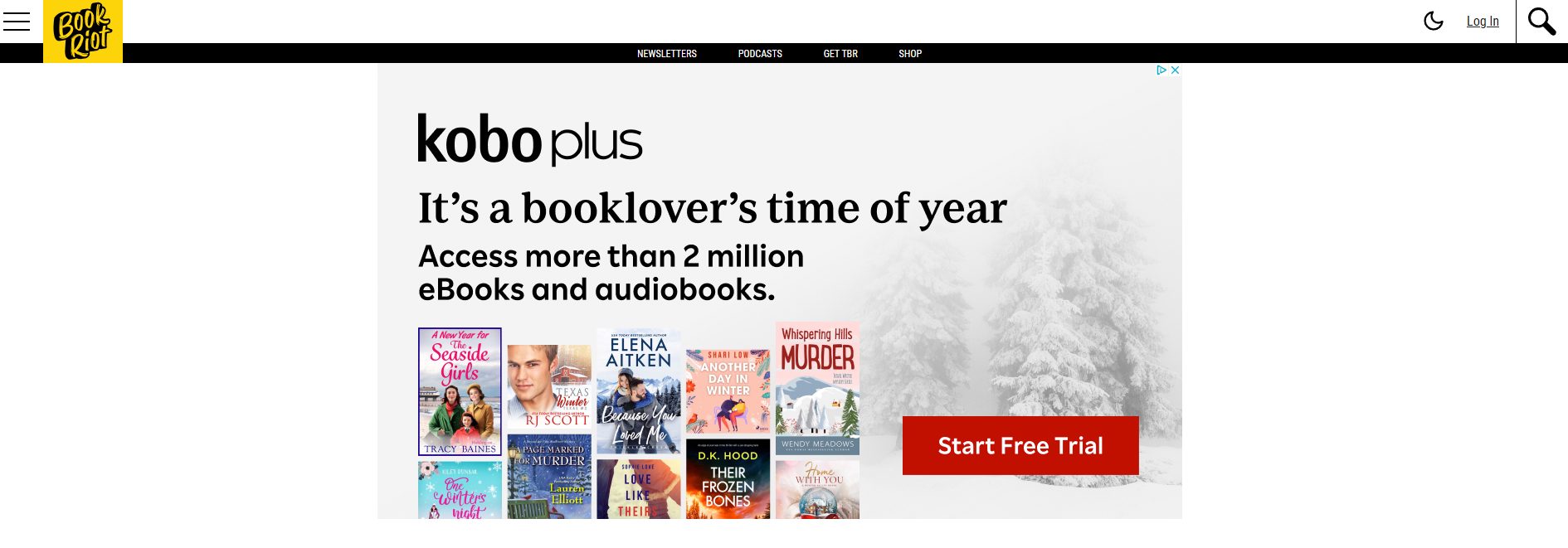
Marketing is at the vital heart of publishing, acting as the bridge between authors’ work and their audiences.
The chapter on marketing from The Publishing Business : a guide to starting out and getting on by Kelvin Smith and Melanie Ramdarshan Bold (2024) explores the complex relationship between publishers, authors, and readers through product development, pricing strategies, distribution channels, and promotional efforts. While these elements are vital for commercial success, it’s equally important to see marketing as an interactive and developmental tool—something that can be actively shaped and used by writers who also function as healers, educators, researchers, and reflective practitioners.
Marketing as a Two-Way Process

The traditional marketing mix—the “Four Ps” (Product, Price, Place, and Promotion)—is a handy framework for both publishers and self-published authors. But marketing isn’t just about selling a finished product; it’s also a two-way street. By sharing drafts online, engaging with readers on social media, or joining writing communities, authors can refine their work while building a readership at the same time. This approach turns marketing from a stiff business strategy into something more natural—a process of exploration and discovery.
The Writer as a Healer: Being Kind to Yourself

Marketing can be emotionally demanding. Putting your work out there means opening yourself up to feedback, both good and bad. This is where the role of the healer is crucial—writers need to be kind to themselves. Self-promotion can feel uncomfortable, but it’s part of finding an audience who will genuinely appreciate your work. Instead of treating marketing as a pressure-filled obligation, it can be reframed as an act of self-care: a way to give your writing the opportunity to be seen, appreciated, and valued.
The Role of the Teacher: Confidence in Sharing

A good teacher doesn’t just deliver knowledge—they engage, spark interest, and create space for discussion. Writers can learn from this approach when it comes to marketing their work. Confidence is key. Just as a teacher must be willing to share ideas and take criticism, a writer must have the courage to put their work out into the world, knowing that not everyone will like it. But that’s okay—no book is for everyone. Marketing is about finding the right audience, not convincing the wrong one.
The Researcher’s Approach: Testing and Learning

Good marketing is built on research. Writers need to step into the role of researcher—asking questions, testing ideas, and seeing what resonates. This means gathering feedback from friends, beta readers, online communities, and literary networks. Websites like Book Riot and Feedly’s poetry blogs can be great for spotting trends, discovering what readers enjoy, and identifying potential markets. But it’s important to approach these resources with a critical eye—just because something is popular doesn’t mean it’s the right fit for your work.
Being aware of different and emerging markets is a major advantage. Writers should reflect on where their work fits, which audiences are growing, and how to position themselves within a changing literary landscape. By taking a step back and analysing the bigger picture, they can make smarter, more strategic decisions about marketing and publishing opportunities.
The Reflective Practitioner: Learning Through Creative Reflection

One of the most valuable tools a writer can use is reflection. Keeping a creative reflective journal can help writers process their marketing experiences, track what works (and what doesn’t), and spark new ideas. By documenting the journey—whether that’s testing out different social media strategies, experimenting with crowdfunding, or refining audience engagement techniques—writers can actively learn from their own process. Reflection is not just about looking back; it’s about reshaping and improving marketing efforts in a way that remains authentic and aligned with personal and professional goals. A marketing strategy that evolves through reflection is more likely to be sustainable and meaningful.
Money Matters: Balancing Creativity and Business

A crucial yet often overlooked part of marketing is financial awareness. As discussed in The Children’s Writers’ and Artists’ Yearbook 2024 (2023), understanding costs and investments is key, whether you’re traditionally published or going down the self-publishing route. Self-publishing requires budgeting for editing, design, printing, and promotion—so it’s important to think ahead. Crowdfunding can be a great way to fund these costs while also creating a built-in readership before the book is even out.
Thinking like a businessperson can be beneficial, but does it stifle creativity? Or is it a creative act in itself? Writing and publishing are deeply personal, but they’re also shaped by practical decisions—pricing, audience targeting, and promotion. Perhaps the key is to find a balance: treating marketing as part of the creative process rather than a separate, soulless task.
How Do You See Marketing?

Marketing can be intimidating, but it doesn’t have to be. It’s part of the creative journey. Consider these questions:
- How can you make marketing feel natural rather than forced?
- Who is your ideal reader, and where do they look for new books and/or texts that you might create, including podcasts, blogs, films etc?
- Could financial planning actually support your creative freedom?
- How do you stay authentic while adapting to market demands?
Writers who embrace marketing as both a developmental and promotional tool will find themselves in a stronger position—not just commercially, but creatively too.
References:
Children’s writers’ & artists’ yearbook 2024 the essential guide for children’s writers and artists on how to get published and who to contact. Twentieth edition.. (2023). London: Bloomsbury Yearbooks.
Smith, K. and Ramdarshan Bold, M. (2024) The publishing business : a guide to starting out and getting on. Third edition / Kelvin Smith and Melanie Ramdarshan Bold.. London: Bloomsbury Visual Arts.


Leave a Reply